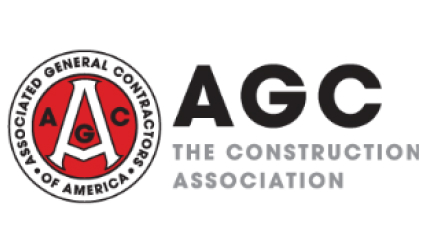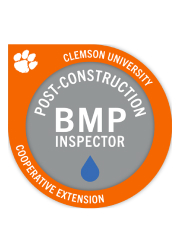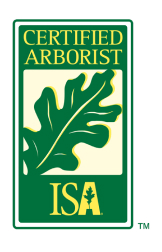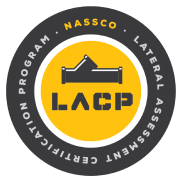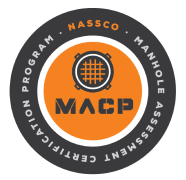Permeable Pavement
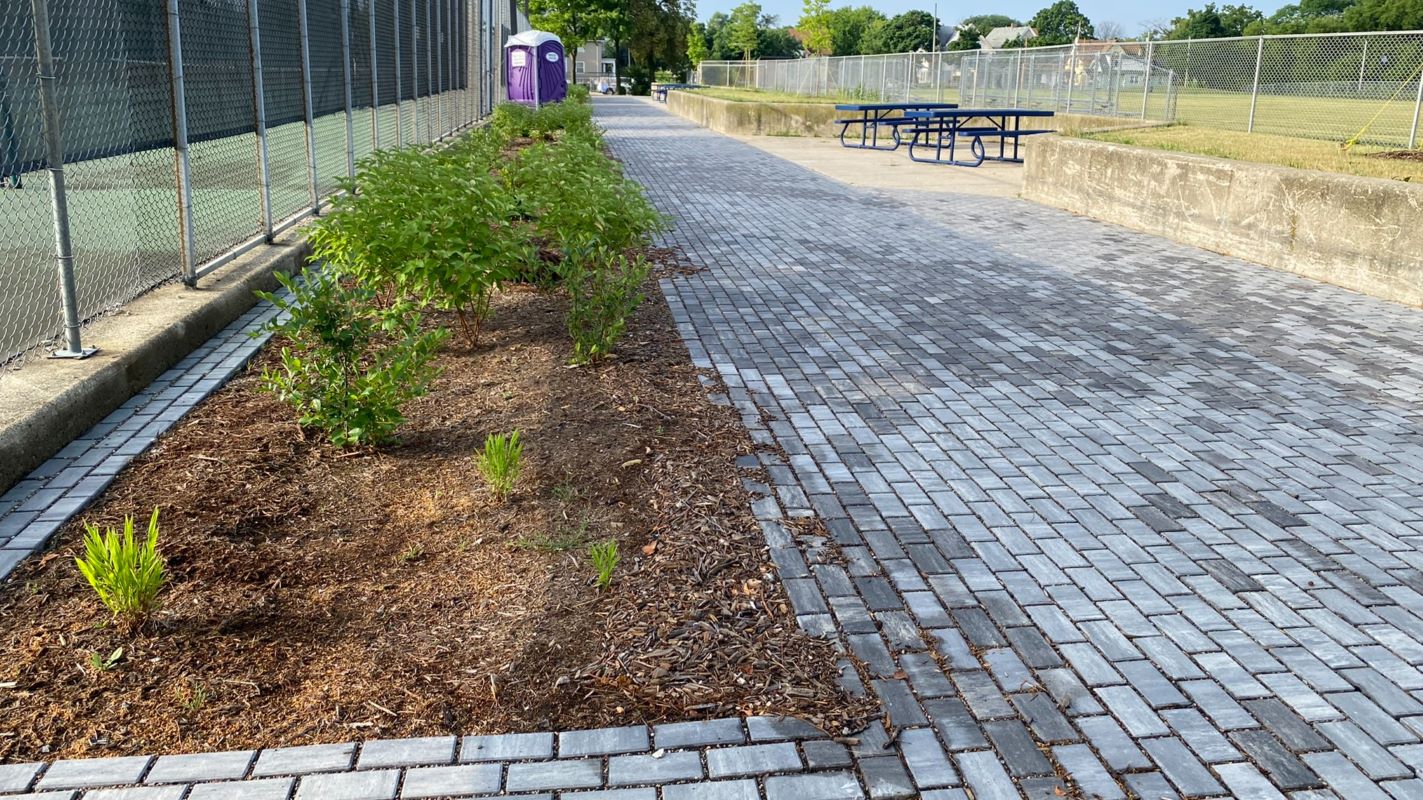
What is Permeable or Porous Pavement?
As an alternative to traditional asphalt or concrete, permeable or porous pavement materials are designed to allow water flow around them into a stone media, or through the pavement. This green stormwater management method allows water to permeate into the soils beneath the paving layer instead of pooling on the surface, gathering contaminates and flowing directly into downstream water sources.

Responsibility to Maintain
This type of green stormwater infrastructure is a constructed surface used for sidewalks, patios, driveways, parking lots or entire roadways that still allows runoff to filter into the ground. Options include:
- Pervious Concrete
- Porous Asphalt
- Permeable Interlocking Pavers
Permeable pavement reduces volume of stormwater runoff, recharges groundwater and increases water quality. Permeable interlocking pavers are installed with small gaps in the joints between pavers, allowing runoff to filter between pavers into a filter media between and below the pavers.
Porous Pavement Applications
Used in both commercial and residential stormwater systems, permeable pavement is often placed in areas with limited landscaping availability, allowing stormwater management and parking to coexist. It functions best in local, low traffic throughways or parking lanes, parking lots, driveways and parking isles. Eligible sites for permeable pavement:
- Do not need to sacrifice area, as permeable pavement is a traditional pavement alternative,
- Have a flat or low surface slope,
- Have permeable soils to allow infiltration, or can be fitting with underdrain to storm sewers or ditches,
- Are recommended for surrounding impermeable surface runoff collection to be minimized, as runoff increases chances of clogging,
- Aid in ground water recharge.
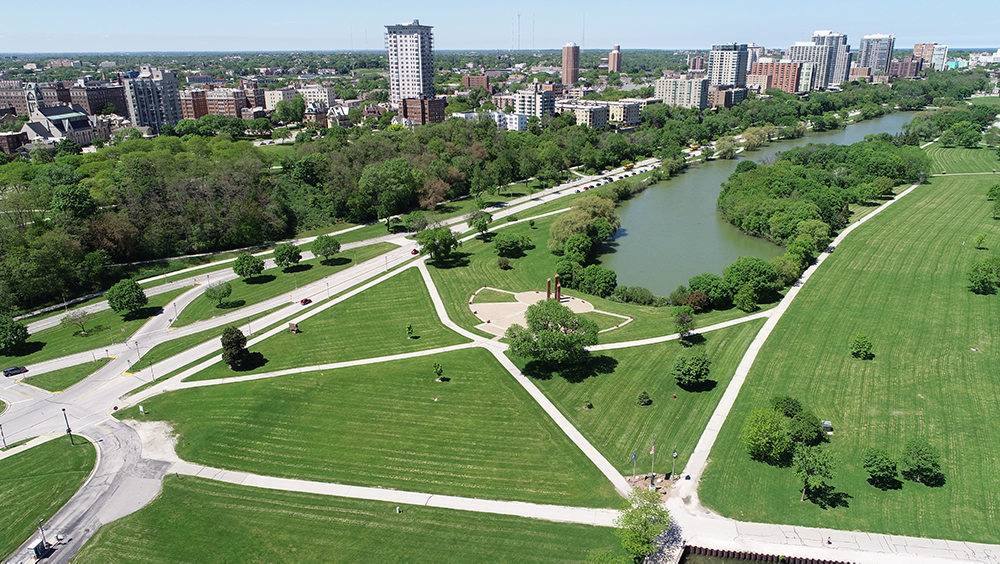
In addition to the parking lot improvements, the open space was redesigned to integrate a focused, contemplative experience with recreational lakefront usage.

Learn more about designing a Regional or Watershed-wide Green Stormwater Infrastructure (GSI) Plan to meet local or regional water quality and flood risk reduction goals, that ensure long-term considerations for maintenance.
Benefits of Permeable Pavement
Permeable pavement provides surface water protection, water conservation and stormwater quality benefits including:
- Efficient And Effective Pollutant Removal
- Reduction Of Runoff
- Effective Flood Control
- Groundwater Recharge
- Flexibility In Design Layout And Scale
- Retrofit Options For Existing Infrastructure
- Relatively Low Maintenance
- Aesthetic Appeal
Maintenance of Permeable Pavement
To ensure optimal pollutant removal and flood control capabilities, a regularly scheduled maintenance plan is necessary. Clogging of permeable pavements can limit infiltration rates. All maintenance varies based on manufacturer recommendations, but maintenance is typically comprised of percolation testing, sediment removal and replacement of joint aggregate.
AQUALIS management of permeable surfaces includes inspecting pavement drainage rates, pressure washing, sweeping, vacuuming, snow and debris removal, weeding, and material replacement when necessary. Partner with a professional today to properly maintain these assets and ensure optimal performance.

Prolong The Life of Your Stormwater System
AQUALIS provides permeable pavement development and restoration beginning with a thorough site assessment to analyze existing conditions. Utilizing hydrologic calculations, our Engineering Services Division can best understand the water flow and movement before and after implementation. Working directly with local regulators, AQUALIS will ensure your project complies with local and federal regulations while securing funding. Following best practices, regular inspections and testing and developing a long-term operations and maintenance agreement ensures your permeable pavement project properly manages stormwater for years to come.
Additional Green Infrastructure
An alternative stormwater control measure that closely emulates a naturally occurring wetland therefore improving our water bodies.
A vegetated channeled depression or trench that captures and infiltrates stormwater runoff before it enters a stormwater drainage system.
A type of bioretention that is best suited for smaller sites to treat stormwater runoff.
Zones located along river banks that provide important habitats for wildlife, limit erosion and help to mitigate flooding events.
Media filtration systems used to treat stormwater runoff and improve water quality.
An alternative to traditional roofs, green roofs incorporate areas traditionally underutilized for stormwater management, through capture, storage and evapotranspiration of stormwater.
The design and use of plants native to the site location as a long-term sustainable solution to manage rainwater and stormwater runoff.
Applied to improve soil performance, increase water absorption to allow vegetation to develop a desirable deep and healthy root system, and mycorrhizal network development.
A series of bioretention step-pools designed atop a porous stone media bed, to convey, control and treat stormwater runoff while protecting site soils from erosion.
An operation and maintenance plan details the necessary training, management, budgeting and maintenance requirements to successfully operate GSI, vegetation and stormwater systems.
Green Infrastructure Installation- Milwaukee, Wisc.
The stormwater runoff from the newly acquired maintenance building drained to the combined sewer without properly treating the stormwater runoff prior to discharging to Lake Michigan. Removing the discharge from the combined sewer and draining it directly to Lake Michigan aids to reduction in combined sewer overflows. Treating the stormwater also improves water quality in the lake.
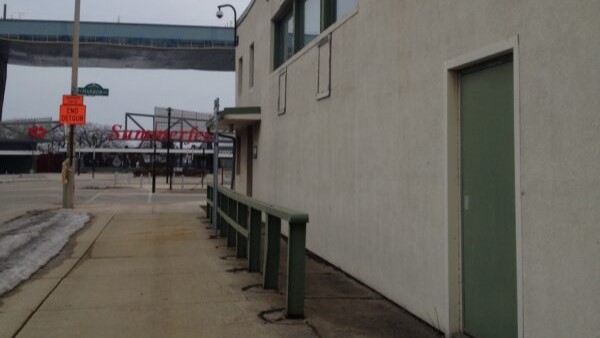

Did you receive an NOV? Have an urgent need? We can help.
Reach out to an AQUALIS representative today.




